Inside them are countless caves, underground rivers, rare fossils and sediments.
Early in the morning, clouds drift across the limestone mountains. From the top of U Bo, looking down at Phong Nha - Ke Bang forest, each old tree canopy covered in mist seems to whisper the secrets of the earth.
Keep a part of the past
This place is not only famous for its magnificent landscape but also a rare living "geological museum" in the world. Mr. Le Thuc Dinh, Head of the Department of Science and International Cooperation of the Phong Nha - Ke Bang National Park Management Board, said as he led me through a small moss-covered slope on limestone mountains formed more than 400 million years ago - among the oldest in Asia.
The long geological tectonic process has created a massive karst limestone mountain system, with hundreds of caves, underground rivers and rare underground sediments.
Majestic view of Phong Nha - Ke Bang mountains and forests
Phong Nha - Ke Bang is not only a scenic wonder as many people know. For scientists, it is also a living entity, like an "outdoor laboratory" - where nature and humans understand and protect each other, opening up new horizons for science and sustainable livelihoods.
On the international conservation map, the name Phong Nha - Ke Bang stands out with 3 prestigious criteria recognized by UNESCO: unique geological and geomorphological system, biodiversity, and majestic natural landscape. And behind these titles is a journey of tireless discovery by scientists, forest rangers, indigenous communities and those who silently preserve the heritage.
"Phong Nha - Ke Bang is not only a globally famous tourist destination, but also a place where many people around the world come to learn how to understand and live in harmony with nature" - Mr. Dinh said, his eyes never leaving the exposed geological layers, where ancient sedimentary rock layers are stacked like a history book of hundreds of millions of years of the Earth's crust.
Inside the limestone block are thousands of fossils and ancient traces. The sedimentary strata still preserve intact paleontological traces, helping scientists trace the traces of life millions of years ago. Thanks to these values, Phong Nha - Ke Bang was recognized by UNESCO twice in 2003 and 2015.
Not only famous for its majestic cave system, in the heart of the Phong Nha - Ke Bang primeval forest also hides a biological treasure, a population of rare ancient green cypress trees, over 500 years old - one of the few places in the world where this tree species still exists. The towering green cypress trees cling to the vertical limestone cliffs, growing at an altitude of nearly 700 m above sea level.
Rare ancient green cypress population, over 500 years old in Phong Nha - Ke Bang
According to Mr. Dinh, the green cypress population covers an area of up to 5,000 hectares, forming a large primeval forest, where thousands of trees tower over 30 meters high, with trunks more than 2 meters in diameter, like a biological wonder discovered 20 years ago. Interestingly, the green cypress in the rocky mountains is a "difficult" species, living alone on rocks, at a certain height. But strangely, there are 3 rare orchid species living with them: green slipper, spotted slipper and twisted slipper. All 3 of these orchid species are in the International Red Book, at risk of extinction.
With an area of over 123,000 hectares, most of which is karst terrain, Phong Nha - Ke Bang is a valuable field site for geology, paleontology and climatology. Scientists call it a "window in time" leading into the history of the planet, where each cave and underground river preserves a part of the Earth's past.
The most rich and unique
In the heart of the ancient limestone mountains in Phong Nha - Ke Bang, there is an "another world" of caves and underground rivers stretching over 400 km underground, creating a mysterious "underground kingdom" where humans have only touched the tip of the iceberg.
In addition to the world-famous "underground mazes" such as Son Doong Cave, En Cave, Phong Nha Cave, Thien Duong Cave... in the past 5 years, scientists in Phong Nha - Ke Bang have recorded the discovery of dozens of new caves and underground rivers, adding 14 km to the cave map. The total length of the surveyed caves has reached 246 km. Notably, inside the caves, 7 new species of animals and plants have been discovered, bringing the total number of new species in this area to 48 - a number that surprised many international experts.
Inside the caves in Phong Nha - Ke Bang, there are many secrets waiting to be discovered.
During a recent survey, the British Royal Caves team - who have been working in the Phong Nha karst area for over 30 years - continued to discover new cave branches connecting Va Cave, Nuoc Nut Cave and Son Doong area. Inside, giant stalactites rise up like monuments of time, a clear underground lake reflects the winding cave ceiling. The air is cold but life still exists. Eyeless fish, scorpions, geckos, bioluminescent shrimp, bats gather on the cave ceiling and a series of microorganisms strangely adapted to eternal darkness.
Inside Son Doong Cave is a unique ecosystem – a primeval forest that thrives on light filtering through sinkholes. Moss covers the rocks, and birds and lizards live around the skylights.
Inside Son Doong Cave - the world's largest cave has a separate ecosystem. Photo: OXALIS
Recently, scientists from many Vietnamese research institutes published a report on the biodiversity of this area, discovering 80 species of arthropods, including 10 new species and 13 unidentified species. This number shows that Son Doong is one of the richest and most unique underground habitats in the world.
Along the underground river system under En Cave, Tu Lan Cave, Va Cave... are sedimentary layers rich in calcium and magnesium - where many species of insects, mountain spiders, and mollusks thrive. Some species of cave snails only exist in caves in Phong Nha - Ke Bang, not found anywhere else in the world.
Amidst land that dates back hundreds of millions of years, these unique habitats hold the most vivid evolutionary memory—where science tracks the planet's deepest changes.
Hold your future
Phong Nha - Ke Bang is not only a geological heritage but also a "living museum" with an almost intact ecosystem of primeval forests, caves and underground rivers. However, in the midst of this majestic limestone area, signs of natural and man-made erosion are gradually becoming apparent. This is a challenge that not only comes from humans, but climate change is also clearly affecting the ecosystem.
Recently, the Center for Forest Protection and World Heritage was established to replace the Forest Ranger Department to continue the mission of protecting Phong Nha - Ke Bang National Park.
"Every day, people go to the forest. Not everyone goes there to sightsee. Some people go there to find orchids, wood, or just explore the primeval forest. The checkpoints are constantly patrolling, but the rugged terrain makes controlling all 123,000 hectares of forest a big challenge," said Pham Van Tan, Director of the Center for Forest Protection and World Heritage.
Mr. Pham Hong Thai, Director of Phong Nha - Ke Bang National Park Management Board, said that the unit is entering a phase of comprehensive digitalization. An electronic database on geology, biology, caves and indigenous knowledge is being built, serving research, forest monitoring and policy making. From remote sensing images, artificial intelligence (A hpp) conservation education in schools, supporting sustainable livelihoods such as growing medicinal herbs under the forest canopy, community tourism, organic agriculture.
"Phong Nha - Ke Bang is a wonder but also a living organism that needs to be protected every day. Conservation cannot be done alone, there are also people around who join hands, accompany and protect, because preserving the heritage forest is not only preserving a title, but preserving one's own future" - Mr. Thai confided.
According to the Phong Nha - Ke Bang National Park Management Board, conservation work is currently not limited to forest protection but is being expanded in a proactive and integrated manner. The Management Board is actively cooperating with domestic and foreign organizations to develop a dossier for nomination as a World Biosphere Reserve, aiming for the title of "Green List". At the same time, resource mobilization and diversification are also being promoted to improve management efficiency and strengthen heritage conservation capacity.
This unit is also strengthening connections with UNESCO, international organizations and members of the World National Parks Network to learn from experiences and join hands to protect the region's precious ecosystems.
More than two decades since being recognized by UNESCO as a World Natural Heritage, Phong Nha - Ke Bang National Park in Quang Binh is not only a source of pride for its majestic landscape, but also a vivid scene of science, revealing many mysteries of nature and life. This is one of the two oldest karst regions in Asia, a giant "geological museum".
Source: https://nld.com.vn/nhung-kho-bau-o-phong-nha-ke-bang-196250517221156034.htm


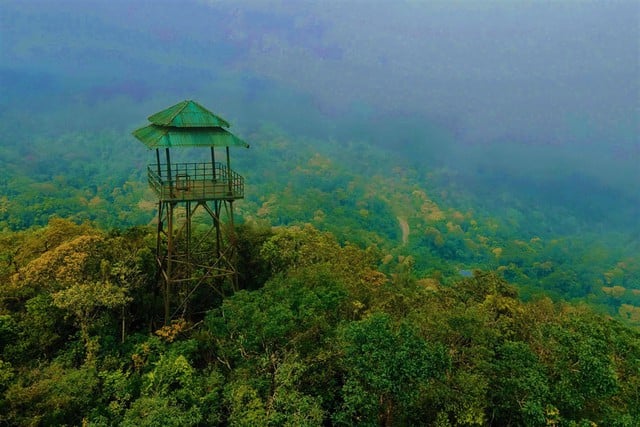
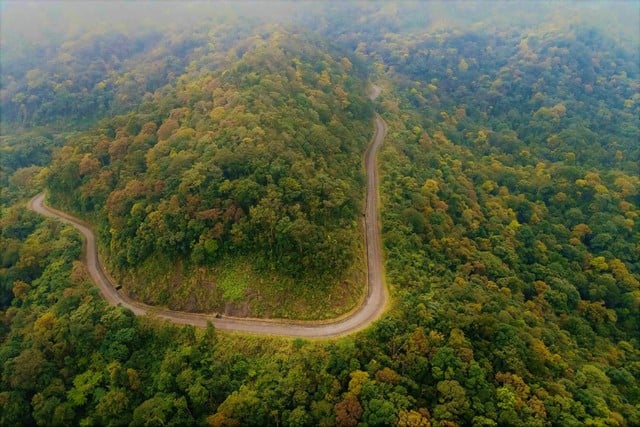
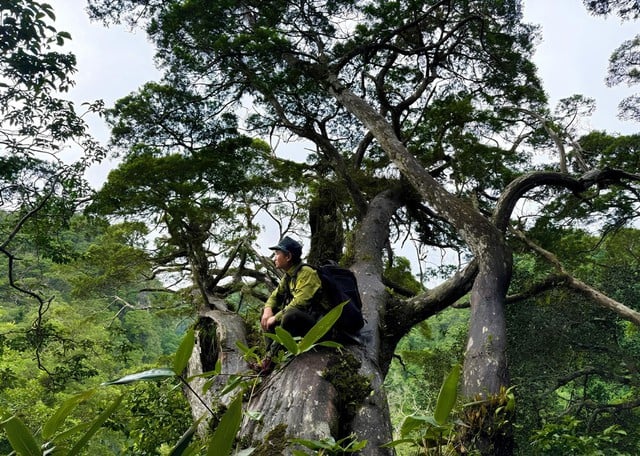
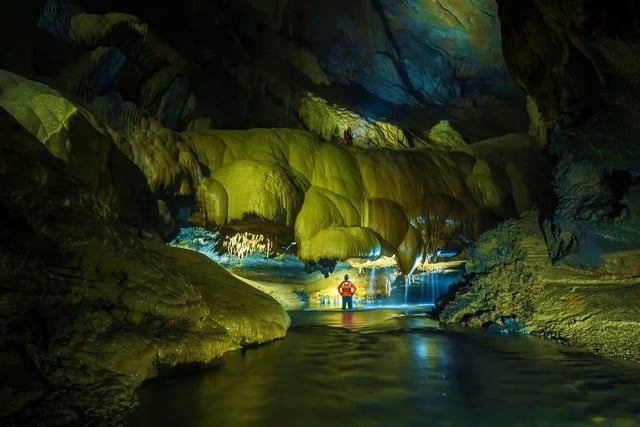
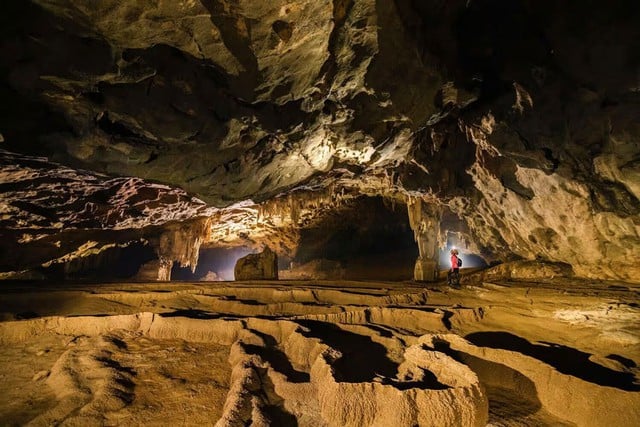
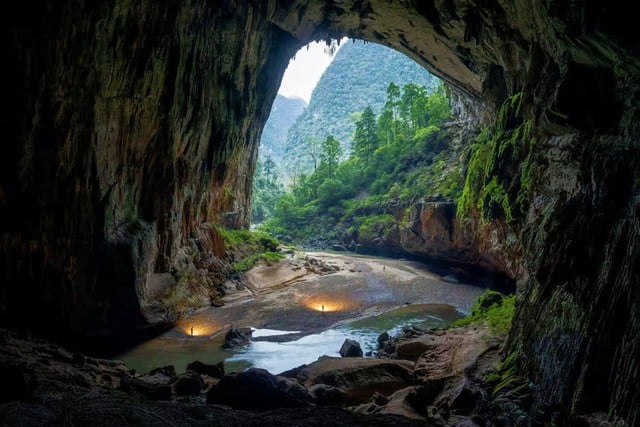




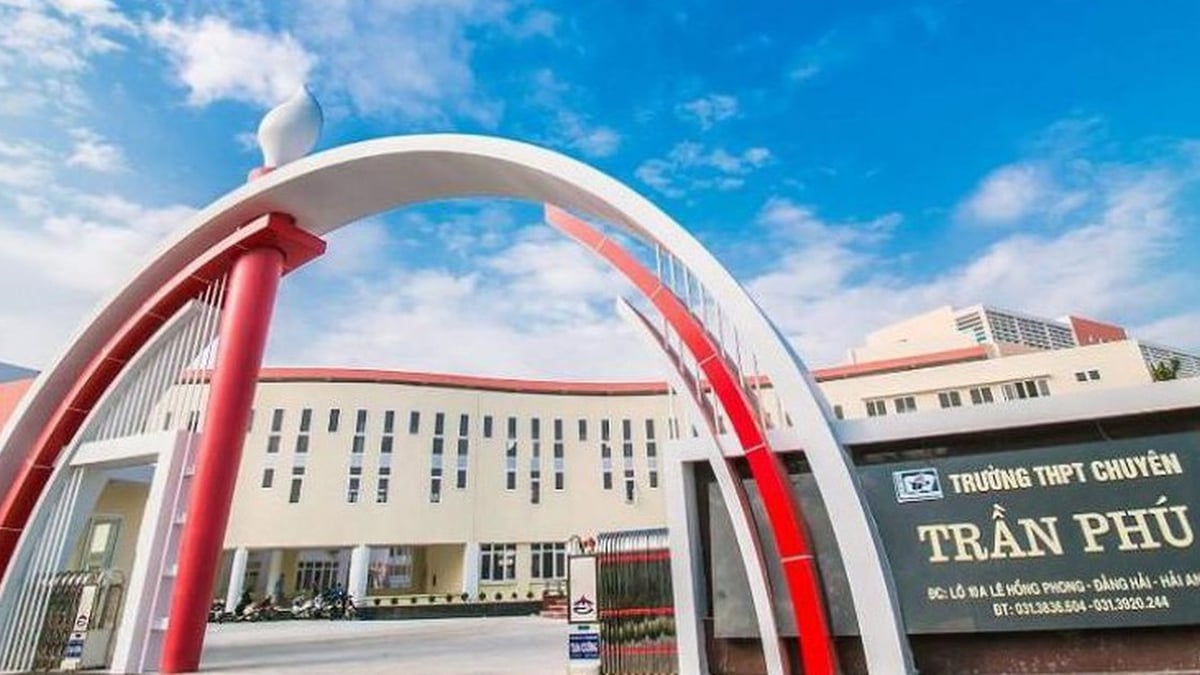





























































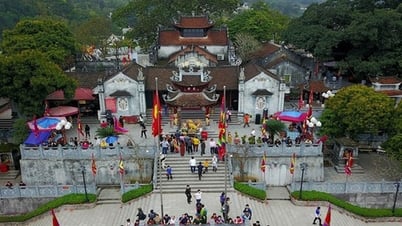


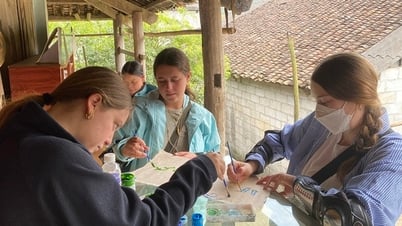


























Comment (0)